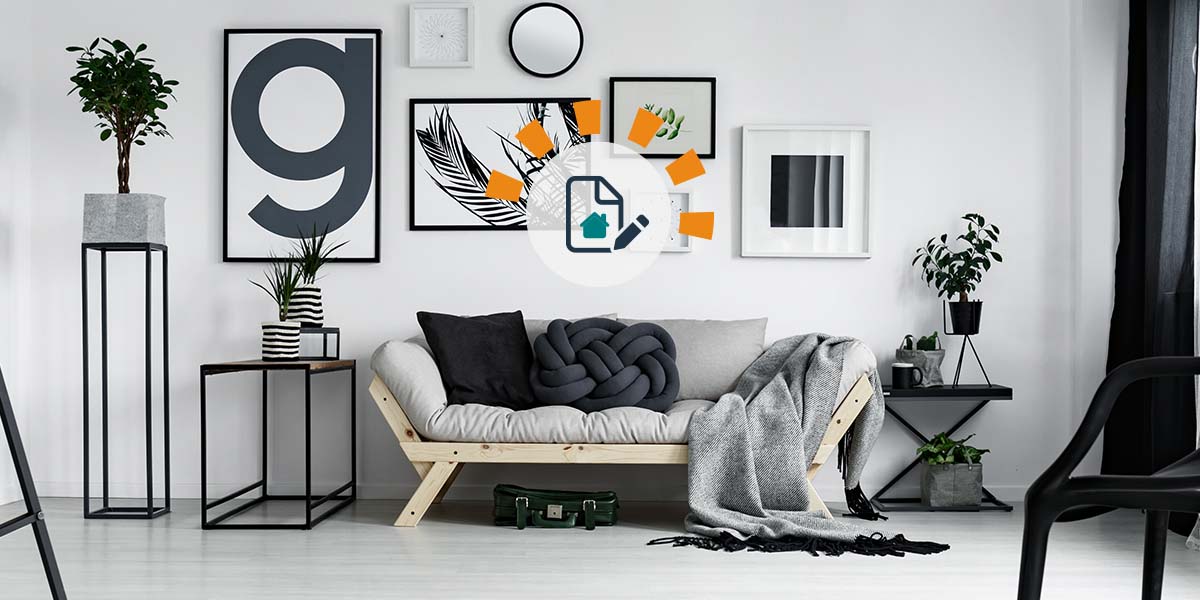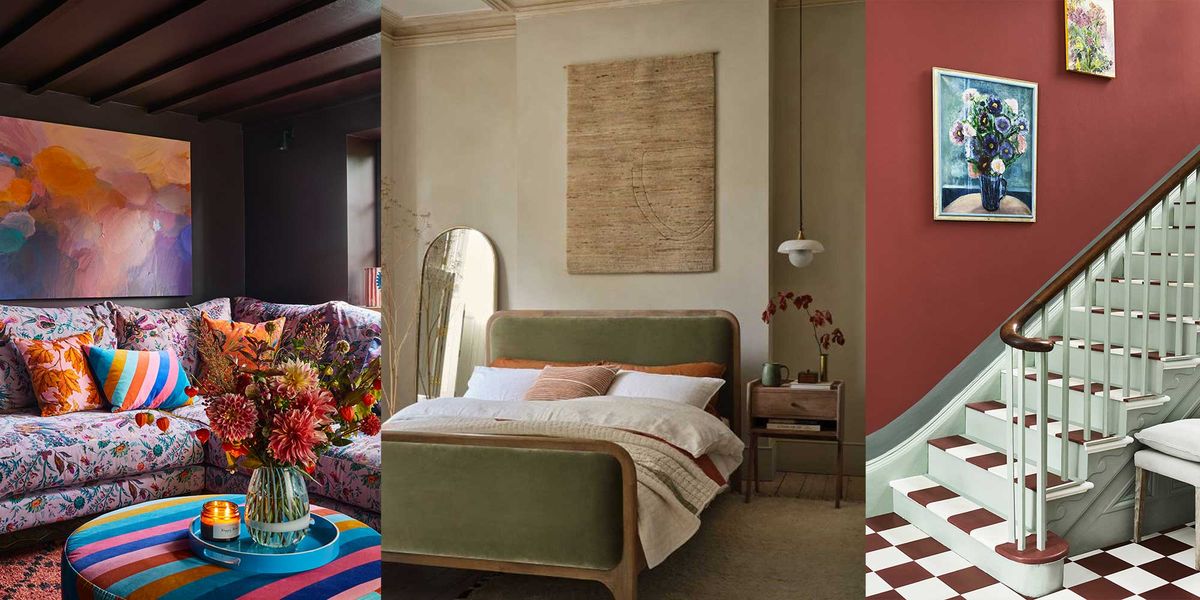Home decoration is more than just arranging furniture and adding aesthetic touches; it’s about creating a space that reflects your personality, style, and values while promoting comfort, functionality, and well-being. Whether you’re moving into a new home or looking to refresh your current space, the process of decorating can be both exciting and daunting. In this comprehensive guide, we explore the principles of home decoration, from understanding design aesthetics and spatial planning to selecting color schemes, furniture, and decor elements that transform your house into a home you love.
Understanding Design Principles
At the heart of home decoration lies a deep understanding of design principles that govern aesthetics, functionality, and spatial harmony. These principles guide the arrangement of furniture, selection of colors, textures, and materials, and creation of focal points that define the visual identity of a space. Understanding design fundamentals such as balance, proportion, scale, and rhythm empowers you to create cohesive and visually pleasing interiors that resonate with your personal style and preferences.
Balance, for example, refers to the distribution of visual weight within a space, achieved through symmetrical or asymmetrical arrangements of furniture and decor elements. Proportion and scale dictate the relative size and placement of objects within a room, ensuring that each piece complements the overall composition without overpowering or underwhelming the space. Rhythm, on the other hand, creates visual interest and movement through repetition, contrast, and variation in patterns, colors, and textures. By applying these design principles thoughtfully, you can create harmonious interiors that feel balanced, cohesive, and inviting.
Spatial Planning and Functionality
Effective spatial planning is essential for optimizing the functionality and flow of your home, ensuring that each room serves its intended purpose while promoting comfort and convenience. Start by assessing the layout and dimensions of your space, considering factors such as natural light, architectural features, and traffic patterns. Determine the primary function of each room and allocate space accordingly, prioritizing comfort, accessibility, and ease of use.

Consider the needs and lifestyle of your household members when designing each space, incorporating designated areas for relaxation, work, dining, and socializing. Create versatile and multifunctional zones that can adapt to different activities and occasions, maximizing the utility of your space. For example, a living room can double as a home office or entertainment area with the addition of a convertible sofa bed or a media console with built-in storage.
Moreover, pay attention to circulation paths and traffic flow when arranging furniture and decor, ensuring that there is ample space to move freely and access key areas of the room without obstruction. Arrange furniture in a way that encourages conversation and social interaction, fostering a sense of intimacy and connection within your home. By prioritizing functionality and spatial efficiency, you can create living spaces that are not only beautiful but also practical and conducive to everyday living.
Selecting Colors, Textures, and Materials
Color plays a crucial role in home decoration, influencing mood, atmosphere, and visual perception within a space. When selecting colors for your home, consider the psychological effects of different hues and their impact on mood and emotions. Warm tones such as reds, oranges, and yellows evoke a sense of warmth, energy, and intimacy, while cool tones like blues, greens, and purples promote relaxation, calmness, and tranquility.
In addition to color, texture and materiality add depth, richness, and tactile appeal to your home decor. Incorporate a variety of textures such as plush fabrics, natural fibers, metals, and woods to create visual interest and tactile contrast within your space. Mix and match different materials and finishes to add dimension and character to your interiors, balancing smooth surfaces with rough textures, and matte finishes with glossy accents.
Furthermore, consider the durability, maintenance, and sustainability of materials when furnishing and decorating your home. Opt for high-quality, eco-friendly materials that are durable, low-maintenance, and ethically sourced whenever possible. Sustainable materials such as reclaimed wood, bamboo, and recycled metals not only reduce environmental impact but also add a unique and rustic charm to your home decor.
Personalizing Your Space
Ultimately, home decoration is a deeply personal and creative process that allows you to express your individuality, personality, and style preferences. Use decor elements such as artwork, photographs, textiles, and accessories to infuse your space with personal touches and meaningful memories that reflect your interests, passions, and experiences. Incorporate items that tell a story or evoke positive emotions, creating a sense of connection and nostalgia within your home.
Experiment with different styles, themes, and aesthetics to find a decor scheme that resonates with your taste and lifestyle. Whether you prefer minimalist, Scandinavian, bohemian, or eclectic design, embrace your unique sense of style and creativity to create a home that feels authentically yours. Mix and match furniture pieces, decor accents, and color palettes to curate a cohesive and inviting atmosphere that welcomes you and your guests with warmth and hospitality.

Creating Ambiance with Lighting
Lighting is a crucial yet often overlooked aspect of home decoration that can dramatically influence the ambiance, mood, and functionality of a space. By carefully selecting and arranging lighting fixtures, you can create a warm, inviting atmosphere that enhances the aesthetics and functionality of your interiors. Incorporate a variety of lighting sources such as overhead fixtures, floor lamps, table lamps, and accent lights to provide layered illumination that can be adjusted according to different activities and occasions. Experiment with different lighting techniques such as task lighting for focused activities like reading or cooking, ambient lighting for overall illumination, and accent lighting to highlight architectural features, artwork, or decor elements. Additionally, consider the color temperature and intensity of light sources to create the desired ambiance, whether it’s cozy and intimate or bright and energizing. By paying attention to lighting design, you can transform your home into a welcoming haven that delights the senses and enhances your overall living experience.
Conclusion
Home decoration is an art form that combines creativity, functionality, and personal expression to create living spaces that reflect your lifestyle, values, and aspirations. By understanding design principles, spatial planning techniques, and the role of color, texture, and materials, you can transform your house into a sanctuary that nurtures your body, mind, and soul. Embrace the process of decorating as an opportunity for self-discovery, creativity, and self-expression, and enjoy the journey of transforming your home into a place you love and cherish for years to come.

